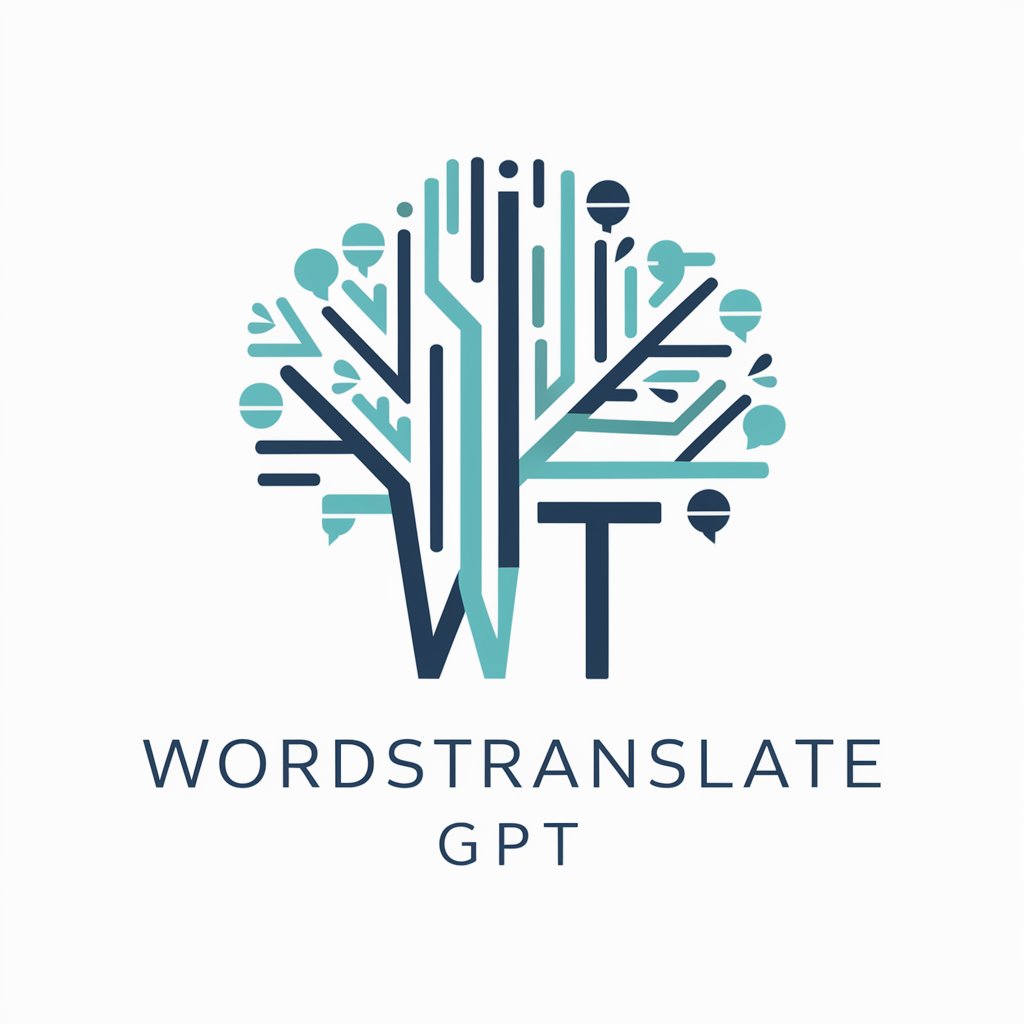KNIME Guide - AI-based KNIME workflow guidance

Hi! Ready to dive into KNIME workflows for data analysis?
AI-Powered KNIME Workflow Assistant
How do I start with KNIME for data analysis?
Can you explain this node in KNIME?
Help me optimize my KNIME workflow.
Suggest best practices for data cleaning in KNIME.
Get Embed Code
Detailed Introduction to KNIME Guide
KNIME Guide is designed to assist users in developing, optimizing, and troubleshooting workflows within the KNIME platform, a leading open-source data analytics tool. It serves as a personalized assistant, offering guidance on how to effectively use KNIME for various data processing tasks such as data preparation, machine learning, statistical analysis, and automation of repetitive tasks. KNIME Guide aims to enhance the productivity of data analysts and scientists by providing in-depth explanations, recommendations, and solutions tailored to users’ needs. One of its core purposes is to simplify complex concepts, making them accessible to users with varying levels of expertise. An example scenario would be a user seeking to preprocess large datasets—KNIME Guide can recommend specific nodes, explain how to configure them, and suggest performance optimizations. It helps both beginners in understanding the basic building blocks and experienced users in crafting advanced workflows with efficiency. Powered by ChatGPT-4o。

Core Functions of KNIME Guide
Workflow Optimization
Example
A user needs to process a large dataset more efficiently because their current workflow is slow. KNIME Guide would suggest performance tuning strategies like using columnar data structures, parallelization nodes, or memory management tips.
Scenario
A financial analyst is processing millions of rows of transaction data for fraud detection. The workflow is slow, and they seek ways to speed up data loading and processing. KNIME Guide would offer suggestions on optimizing data reading using 'File Reader' or 'Parquet' nodes, partitioning data for parallel processing, and minimizing memory overhead with proper caching.
Node Recommendations
Example
A user is unsure of the best node to use for cleaning missing values in a dataset. KNIME Guide would recommend nodes such as 'Missing Value' and explain the different imputation methods available.
Scenario
A healthcare data scientist is working with patient records that contain missing data in certain fields. They ask KNIME Guide for help in filling these gaps. KNIME Guide recommends the 'Missing Value' node and explains different options like mean/mode imputation, prediction-based imputation, or dropping records with too many missing values.
Data Science Model Guidance
Example
A user wants to build a predictive model but isn’t sure which machine learning algorithm to use. KNIME Guide would suggest algorithms like Decision Trees, Random Forests, or Gradient Boosting based on the type of data and prediction problem.
Scenario
A retail company is trying to predict customer churn using transactional and behavioral data. The user is new to predictive modeling. KNIME Guide advises starting with a Decision Tree for its interpretability, then suggests moving to Random Forests for better accuracy. It walks the user through configuring the 'Tree Learner' and 'Random Forest Learner' nodes.
Data Preparation Assistance
Example
A user needs help in transforming raw data into a format suitable for analysis. KNIME Guide would suggest and explain nodes like 'Column Filter', 'Pivoting', and 'GroupBy'.
Scenario
A marketing analyst wants to prepare social media data for sentiment analysis. KNIME Guide helps them by recommending the 'String Manipulation' node to clean the text, 'GroupBy' to aggregate data by user, and 'Pivoting' to create the necessary feature set for modeling.
Troubleshooting and Error Resolution
Example
A workflow isn’t running correctly, and the user doesn’t know why. KNIME Guide can diagnose the issue and suggest fixes, such as identifying problematic node configurations or incorrect data types.
Scenario
An engineer is building a machine learning pipeline, but their 'XGBoost Learner' node keeps throwing errors. KNIME Guide analyzes the error message and identifies that the issue is due to incorrect input data types. It suggests converting string variables into numerical formats using the 'One to Many' node.
Target User Groups of KNIME Guide
Data Scientists and Analysts
These users benefit from KNIME Guide because it helps them to rapidly prototype and optimize data workflows. Whether building predictive models, running clustering algorithms, or performing complex data transformations, KNIME Guide accelerates the process by offering node recommendations and troubleshooting assistance.
Business Analysts with Limited Coding Skills
For business analysts who may not be proficient in programming but need to perform data analysis tasks, KNIME Guide offers step-by-step guidance on how to use KNIME’s visual workflow interface. This group can use KNIME Guide to perform data transformations, aggregations, and create visualizations without needing to write code.
Data Engineers
Data engineers working on data pipelines, ETL (Extract, Transform, Load) processes, and data integration workflows can use KNIME Guide to optimize data processing workflows. It can assist them in configuring database connections, handling large datasets efficiently, and automating repetitive data engineering tasks.
Researchers and Academics
Researchers who need to analyze scientific datasets benefit from KNIME Guide’s ability to simplify complex data analysis tasks. Whether they are working on statistical analysis or machine learning experiments, KNIME Guide helps them select the right tools and optimize their workflows for faster, more reliable results.
Beginners Learning Data Analytics
New users with limited experience in data analytics benefit from KNIME Guide’s ability to break down complex concepts into simple explanations. It helps them understand basic KNIME functionalities, guiding them through the process of building simple workflows, cleaning data, and performing basic analyses.

How to Use KNIME Guide
1
Visit yeschat.ai for a free trial without login, also no need for ChatGPT Plus.
2
Familiarize yourself with the KNIME Analytics Platform, as the tool provides advanced guidance for creating, optimizing, and troubleshooting workflows within KNIME.
3
Ask specific questions related to your KNIME workflows, such as how to process datasets, configure nodes, or optimize performance, and receive detailed explanations or solutions.
4
Utilize KNIME Guide’s expertise in solving data science problems by asking for assistance with machine learning models, data preprocessing, visualization, and more.
5
Continuously refine your workflows by consulting KNIME Guide for best practices, automation techniques, and ways to enhance efficiency.
Try other advanced and practical GPTs
KNIME LATAM
Empowering analytics with AI-driven workflows

Source Scholar
Elevate Writing with AI-Powered Integrity

KNIME vs X Berater
Empowering data discovery with AI

Swiss Army Knife
AI-powered solution for everyday challenges

ChefGPT
Culinary creativity, AI-enhanced.

Every Day is a Holiday
Discover, visualize, and celebrate global holidays

Chicken Recipes
AI-Powered Chicken Recipe Assistant

Nerdy Chicken
Making AI understandable and fun for everyone.

Chicken Chatbot
Egg-citing Facts and Fun in Every Chat!

Chicken Coop AGI
Hatch Your Potential with AI

Chicken Scratches
Unleash creativity, solve whimsical puzzles.

Chicken Duck Talk
Bridging Conversations Globally with AI

KNIME Guide Q&A
What kind of help can KNIME Guide provide with workflows?
KNIME Guide assists in developing, optimizing, and troubleshooting workflows within the KNIME Analytics Platform. Whether it’s setting up a machine learning model, connecting nodes, or solving errors, it provides step-by-step guidance and tips to enhance your KNIME experience.
Can KNIME Guide help me learn how to use new KNIME nodes?
Yes, KNIME Guide can explain the functionality of specific nodes, how to configure them, and how they integrate with other nodes in your workflow. It can suggest best practices for using these nodes efficiently.
How does KNIME Guide support data preprocessing?
KNIME Guide provides detailed guidance on cleaning, transforming, and preparing datasets within KNIME. It can help with missing values, filtering, aggregation, normalization, and other preprocessing tasks to ensure your data is ready for analysis.
Can KNIME Guide assist with machine learning models in KNIME?
Yes, KNIME Guide can help with selecting, configuring, and evaluating machine learning models in KNIME. It offers advice on which models to use, how to tune parameters, and how to interpret the results for better decision-making.
Is KNIME Guide useful for automating workflows?
Absolutely. KNIME Guide can offer strategies for automating repetitive tasks in KNIME, using loops, control structures, and workflows scheduling. It provides tips for creating dynamic workflows that run efficiently.
